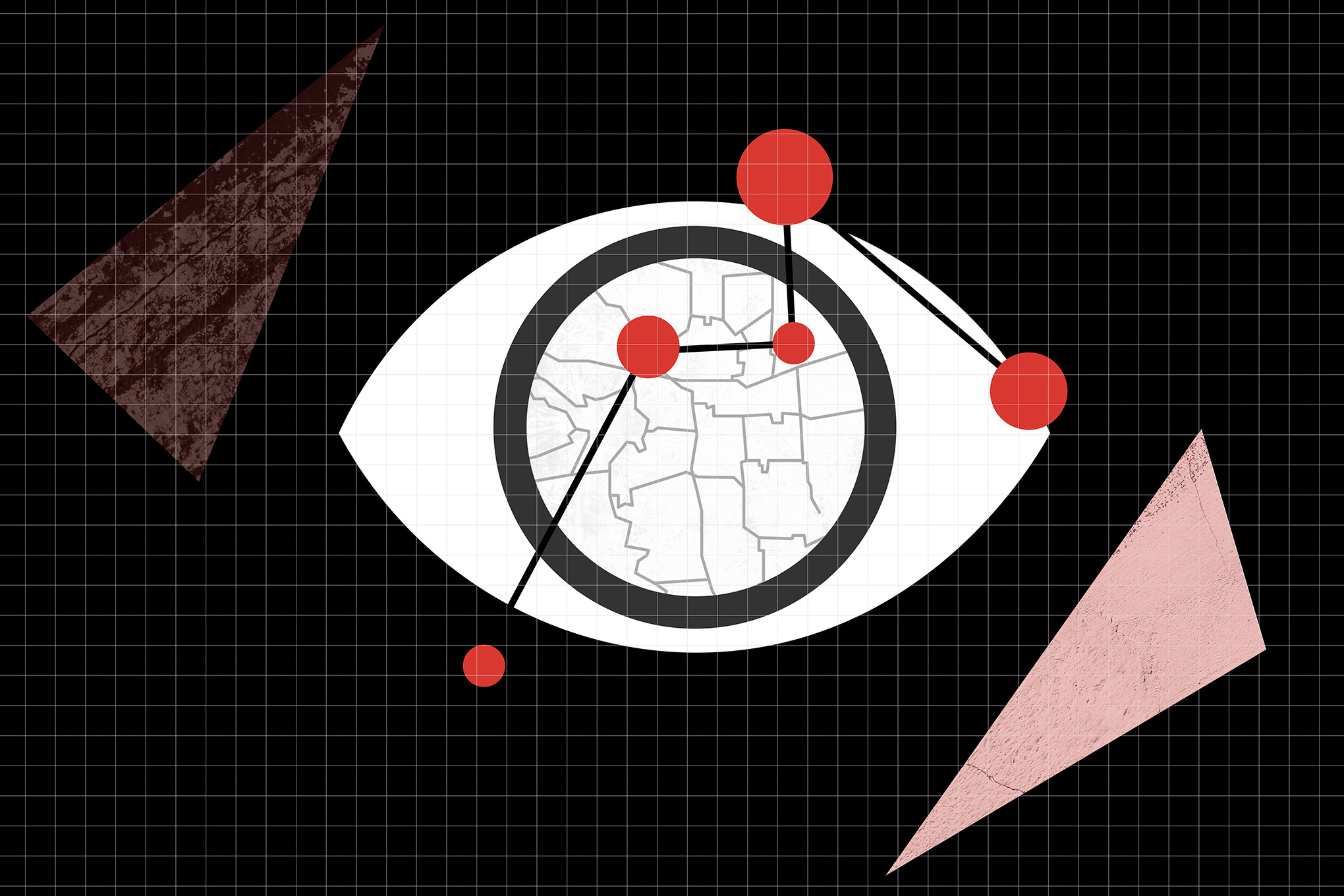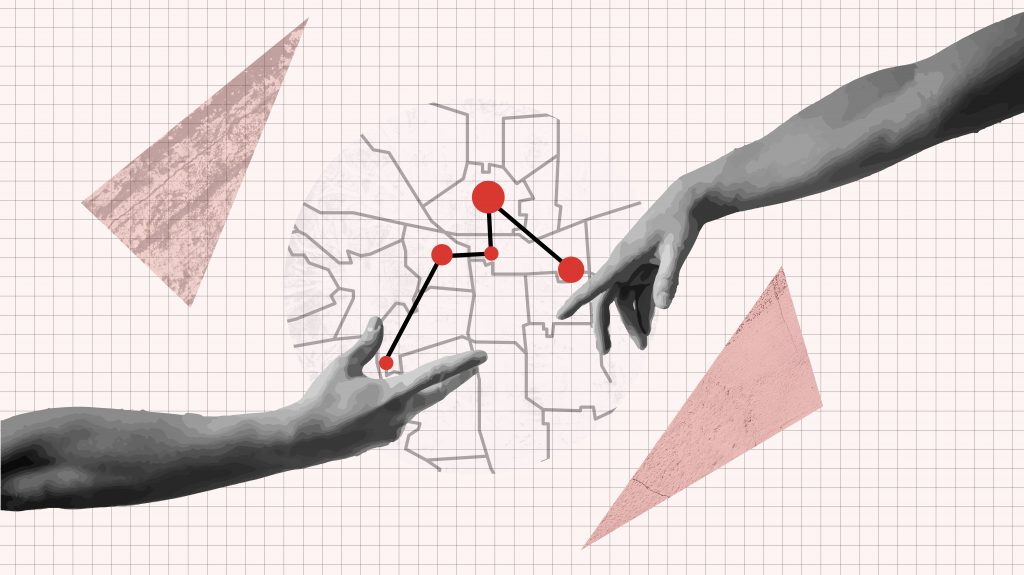
Syracuse University professors seek solutions to the plague of disinformation
As trust erodes in democratic institutions, researchers are turning their attention to addressing the explosion of false and misleading information in the digital age.

he Department of Homeland Security awarded two Syracuse University professors nearly $600,000 in October as part of the fight against disinformation.
Professors Makana Chock and Kelly Leahy received the grant for their research on emerging technologies such as the rise of virtual reality and the metaverse, and the threats they pose to democracy.
“We’re hoping to see if we can develop and identify some key underlying sort of principles or approaches – best practices that can be used in this immersive media environment,”said Chock, who is also director of SU’s Extended Reality Lab, a facility dedicated to research on virtual reality’s effects on users.
Researchers at Syracuse University have joined the fight against disinformation in a big way, with Chock and Leahy, an expert in media literacy, just two examples. The number of researchers turning their attention to counter misinformation speaks to the deep concern over the issue. The Brookings Institute flatly concludes that “misinformation is eroding the public’s confidence in democracy,” citing NPR data that “64% of Americans believe U.S. democracy is “in crisis and at risk of failing.”
The officials in charge of our elections seem to agree, with Jena Griswold, the Colorado secretary of state, telling The New York Times that the nation is in “a threat atmosphere unlike anything this country has seen before,” and the Connecticut deputy secretary of state calling misinformation “a critical threat to the democratic process.”
Another reason for the uptick in research activity: More funding. As more foundations and agencies wrestle with the rapid spread of misinformation in the digital era, they’re interested in funding work like Leahy and Chock’s, who were funded through DHS’s Targeted Violence and Terrorism Prevention grant program
Nausheen Husain, a data journalist and professor at the Newhouse School of Public Communications, is continuing the work she started as a journalist for the Chicago Tribune by analyzing news stories on FBI sting operations. She found that media coverage of these trials often misrepresents the facts and leads to Islamophobia.
Oftentimes, media coverage of such cases are not framed accurately, with the stories often based on a law-enforcement press release with no additional reporting or context, Husain said.
“That adds just urgency to the story that then negates any need for nuance,” Husain said. She’s working on a way to quantify the slant in the news coverage and its impact on readers.
One issue she uncovered is that media coverage often fails to mention that these arrests are sting operations conducted by undercover agents who befriended the arrestee and oftentimes compel the defendant to scheme with them, Husain said.
“The story then implies that this person had this plot that they came up with and wanted to enact,” she said. “And they kind of ignore this idea that actually, it’s a very complicated thing – the plot might have been given to them by somebody else who might have been worked on with a group of people who are undercover.”
In Washington, D.C., Professor Nina Jankowicz of the Maxwell School of Citizenship and Public Affairs developed a class that gives students skills to navigate the complex media climate.
PAI 700, Disinformation and Influence in the Digital Age, is an elective course offered to graduate and undergraduate students that examines foreign policy in relation to tech regulation in a changing media environment.
“It’s a really interesting course that combines a lot of practical areas that everybody uses in their daily life, as well as some of the more theoretical concepts,” Jankowicz said.
The course looks in-depth at platforms like Twitter and Facebook, especially concerning data privacy. For example, unlike many platforms, Twitter has an open Application Programming Interface, or API, meaning anyone can retrieve their Twitter data at any time to analyze on their own, Jankowicz said.

“Platforms don’t get us a lot of access to their data, so there’s been an overwhelming amount of research on Twitter, and a lot less on almost every other platform,” Jankowicz said.
Jankowicz finishes the course with a simulation that places students on a politician’s team and deals with a disinformation problem in real-time, which allows students to understand the difficulties of combating disinformation at a systematic level.
Chock and Leahy have a similar idea for the end goal of their project. Although they’re still in the early phases of research, their idea is to create a training game that will help people learn how to identify violence-inciting misinformation, the likes of which led to the Capitol Insurrection, on their own, Chock said.
“We can see the same problems potentially emerging, the same techniques and the same sort of situations, but also what makes the metaverse different is it is immersive,” Chock said. “We know from other research that it has a stronger impact on emotions and on sense of identification and on behaviors.”
Leahy and Chock work together on finding ways to embed key lessons on combating disinformation into a gaming environment. They want a flexible, easy-to-update approach that can change with technology and new forms of digital manipulation, Chock said.
While Chock and Leahy’s research focuses on coming up with concrete solutions, Husain aims to shed light on an issue that has not been adequately reported. By stepping back and analyzing the journalism on terrorism arrests, she hopes to determine if there are inherent issues with how those events are reported and framed by the news media.
Her work indicates that some journalistic practices, like the urgency of posting a story of an arrest as quickly as possible, often prevent proper exploration of the underlying facts and gloss over important nuances. Sometimes those nuances become more apparent as a case progresses. But even in those cases where the reporting catches up, Husain said, the initial reports make it difficult for the defendants to get a fair trial.
“It feels like a time where this research can kind of turn that light on to local and regional news media, and what kind of coverage they have produced, and how it has affected Muslim communities,” Husain said.
Husain, Chock and Leahy have or have plans to involve students in their research. Husain has three undergraduate students, a doctorate student and a scholar at the University of Chicago working with her. Chock and Leahy are looking to hire graduate students and possibly undergraduate students if any are interested.
The ultimate goal of all this research, the faculty members said, is to provide media consumers with the tools they need to filter out misinformation on their own from the content they consume on a daily basis.
“I think it’s important because the more that we equip citizens, especially voting age citizens, with the tools that they need to navigate today’s information environment,” Jankowikz said, “the better, more informed citizens that will have.”
